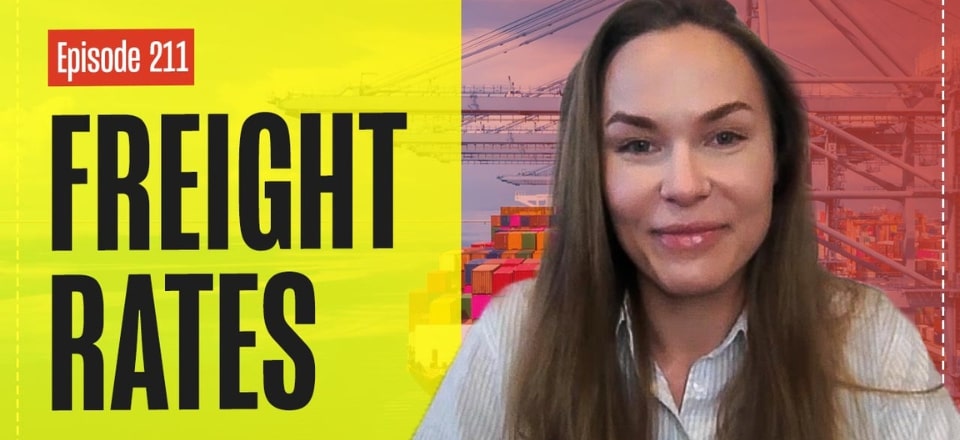Focusing solely on the freight “rate” can be misleading. When people try to lower freight costs, they often overlook crucial factors.
Truly understanding freight rates involves looking at rate structures and consignment profiles, which your freight carrier already considers. By analyzing these elements, you can identify opportunities for significant savings.
This comprehensive approach ensures that you aren’t just reducing costs superficially but achieving real efficiency in your logistics operations. Remember, it’s about the bigger picture in freight management.
Learn more by watching the full video below!
Understanding Common Freight Rate Mistakes
When managing freight rates, several common mistakes can lead to inefficiencies and increased costs. Here’s a summary of the main issues to be aware of:
Rates Not Matching Freight Profile
One critical error is when the freight rates don’t align with your actual shipping profile and volume. For instance, if you frequently ship 8-10 pallets between Sydney and Melbourne but are charged full trailer rates, you’re not making the most of your expenditure. It’s essential that your rates reflect your shipping needs to avoid paying for more than necessary. Many clients find themselves charged for full trailer loads or per pallet space when these rates do not fit their actual shipping requirements. Ensuring that the rates are tailored to your usage helps in maximizing your spend efficiency.
Incomplete Rate Cards Leading to Unexpected Charges
Another common issue is dealing with incomplete rate cards. Often, clients face surprise charges such as marriage fees, additional costs for loading and unloading, or extra driver fees. To prevent these unexpected costs, it’s crucial to ensure that all potential charges are covered in the rate card. This means thoroughly reviewing the card to include all possible fees, even those that might occur infrequently. Being aware of these potential charges helps avoid unpleasant surprises when the invoice arrives.
The Need for Regular Rate Card Reviews
A frequent mistake is neglecting to review rate cards on a regular basis. Even if a rate card seems advantageous initially, market conditions and available rates can change. To avoid overpaying, it’s important to reassess your rate card every 6-12 months. This regular review helps you stay informed about current market rates and ensures that your rates remain competitive. Internal changes, such as new products or expanded markets, can also affect your needs, making periodic reviews essential.
Balancing Relationship with Freight Companies
Lastly, maintaining a good relationship with your freight provider is important, but it should not lead to overpayment. While a strong partnership can provide valuable support, it’s essential to ensure that this relationship is backed by fair and competitive pricing. Good communication with your freight provider should not compromise cost-effectiveness. Striking the right balance between a solid relationship and fair pricing is key to effective freight management.
By addressing these common mistakes, you can better manage your freight costs and avoid unnecessary expenditures.
Discover more about this topic by watching the full video above.
Related articles on this topic have appeared throughout our website, check them out:
- 10 Freight Management Mistakes and How to Avoid Them
- Freight Benchmarking: What Is It? Why Do It?
- Why Containerised Freight Shipping is Daunting for SMEs
- The Challenge of Freight Container Utilisation and Why it Matters
- Container Freight Costs and Forecasting: Intrinsically Linked & Frustratingly Challenging
Editor’s Note: The content of this post was originally published on Logistics Bureau’s website dated September 20, 2023, under the title “Freight Rates & Reducing Your Logistics Costs“.

